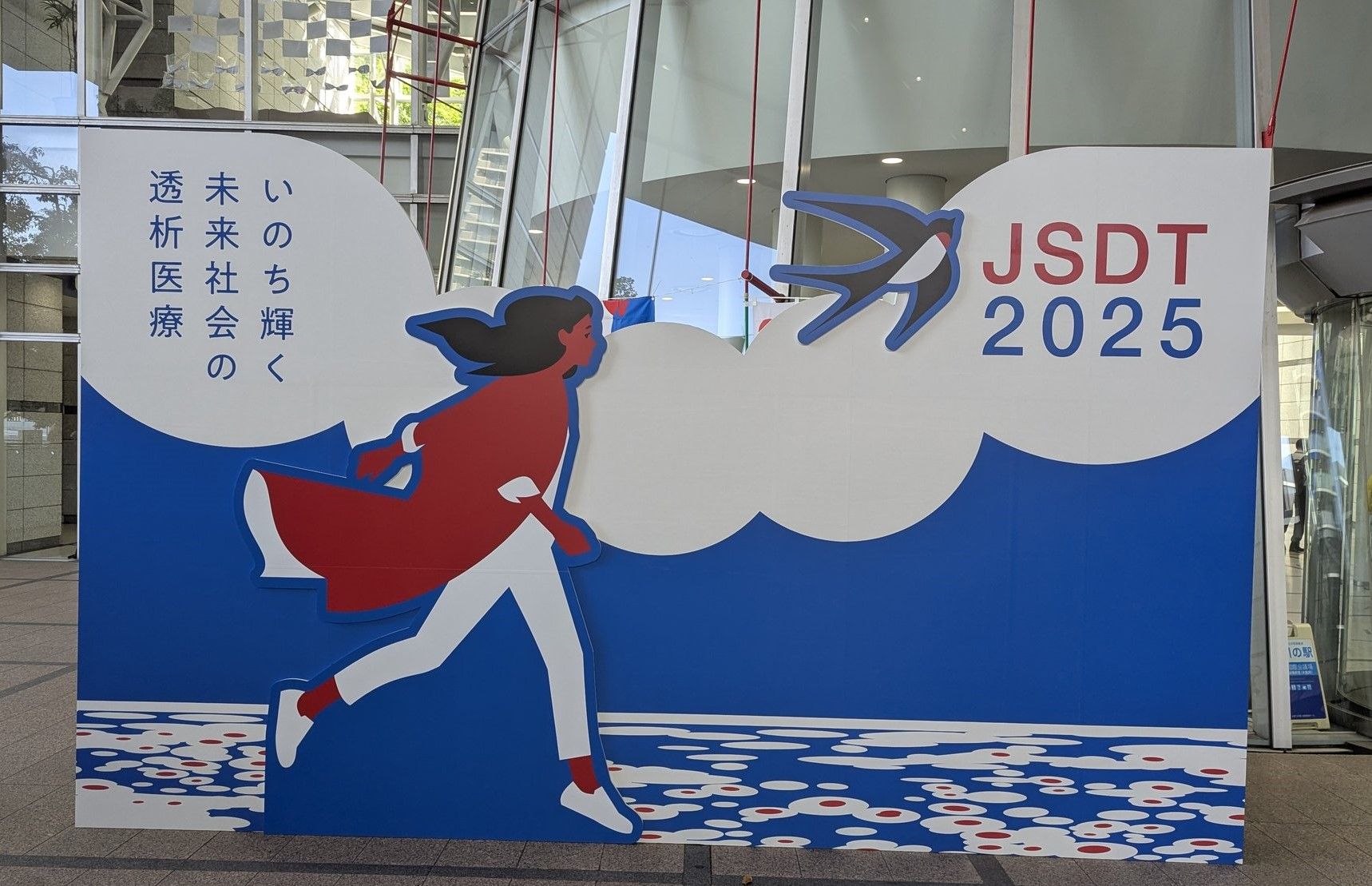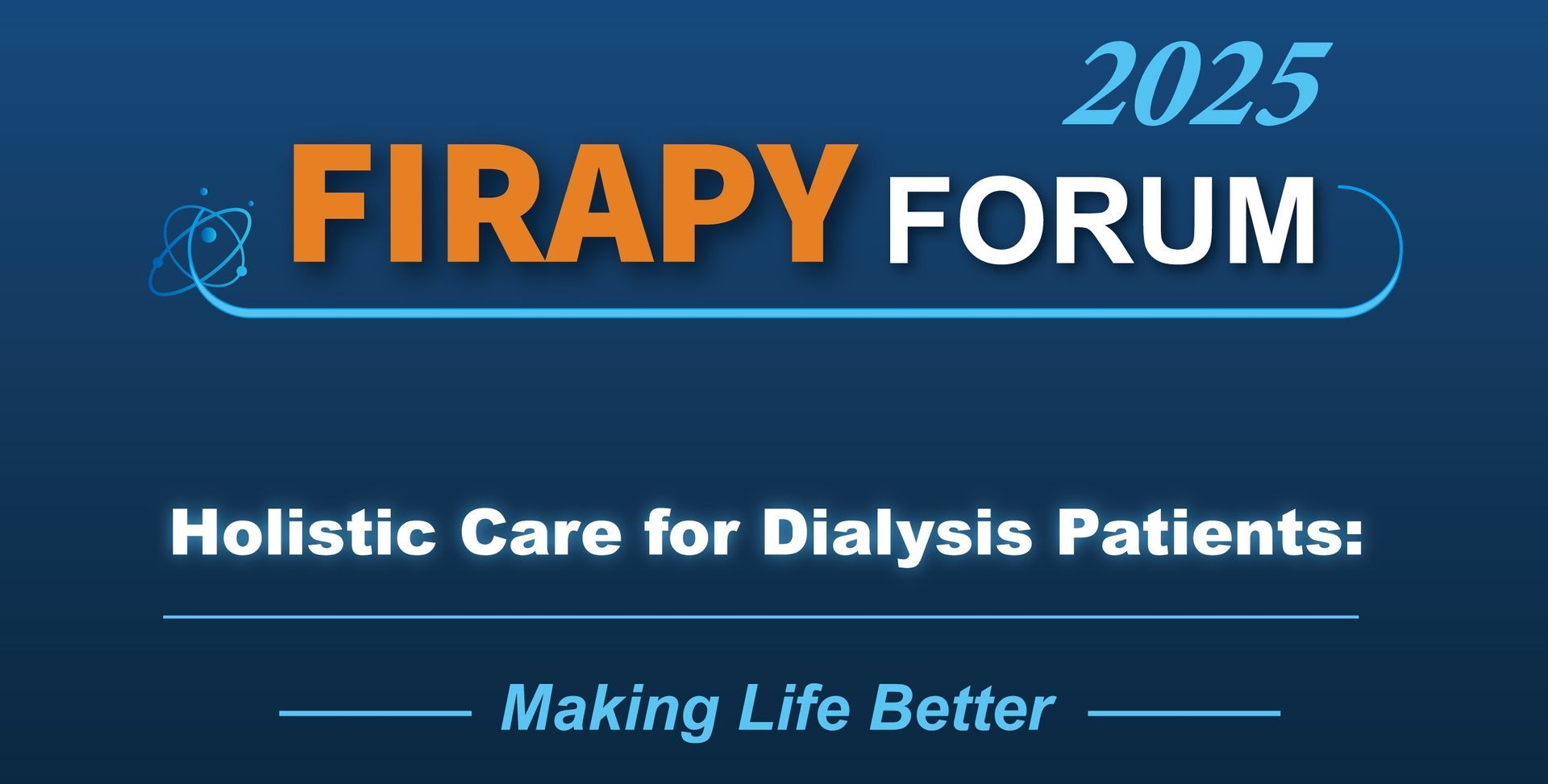Effects of Far Infrared Therapy on Vascular Access Blood Flow and Needling Pain in Hemodialysis Patients
Introduction
A well-functioning vascular access and minimal needling pain is essential for achieving uneventful hemodialysis (HD) and improving quality of life in patients treated with long term hemodialysis1. Far
infrared (FIR) therapy, a convenient and non-invasive technology reported improves access blood flow with reduction of vascular access malfunction in hemodialysis patients. The aim of this
study was to evaluate the effects of FIR therapy on vascular access flow and needling pain in HD patients.
Methodology
This was a multicenter, randomized controlled trial over a period of 2 months. Eligible patients were patients more than 18 years who used native fistula with the vascular access flow rate of 400-800 ml/min. Patients who used arteriovenous graft, had deepseated arteriovenous fistula with the
depth more than 6mm, having heart failure with NYHA class III and IV, had two or more percutaneous transluminal angioplasties, had a recent cardiovascular or cerebrovascular
event within 3 months prior to the study are excluded. All enrolled patients were maintained with 4 hours of dialysis 3 times/week. FIR therapy using FIRAPY (Far-infared Therapy Unit) model TY-
102F was performed 40 minutes during each HD session. Vascular access flow measured at baseline, 30 and 60 days after therapy. Needling pain was measured with a numeric rating scale
at baseline and 30 days after.
Result
Table 1: Socio-demographic and clinical characteristics
| Variable | Overall | FIR Therapy-Yes | FIR Therapy-No | P-value |
|---|---|---|---|---|
| Age; Mean ± SD | 59.4 ± 14.59 | 63.2 ± 10.24 | 55.6 ± 17.52 | 0.192 a |
| Gender; n (%) | ||||
| Male | 13 (50.0) | 5 (38.5) | 8 (61.5) | 0.239 b |
| Femal | 13 (50.0) | 8 (61.5) | 5 (38.5) | 0.239 b |
| Comorbid disease; n (%) | ||||
| DM | 17 (65.4) | 10 (76.9) | 7 (53.8) | 0.411 c |
| HPT | 24 (92.3) | 13 (100.0) | 11 (84.6) | 0.480 c |
| IHD | 0 | 0 | 0 | - |
| CVA | 4 (15.4) | 2 (15.4) | 2 (15.4) | >0.995 c |
| HD vintage; Median (IQR) 63 | 63 (54) | 64 (36) | 53 (102) | 0.878 d |
| Previous Angioplasty; n (%) | 3 (11.5) | 1 (7.7) | 2 (15.4) | >0.995 c |
| Vascular access flow at Baseline; Mean ± SD | 608.5 ± 107.28 | 640.8 ± 113.98 | 576.2 ± 93.41 | 0.127 a |
a Independent t test; b Chi-square test; c Fisher's exact test; d Mann-Whitney test
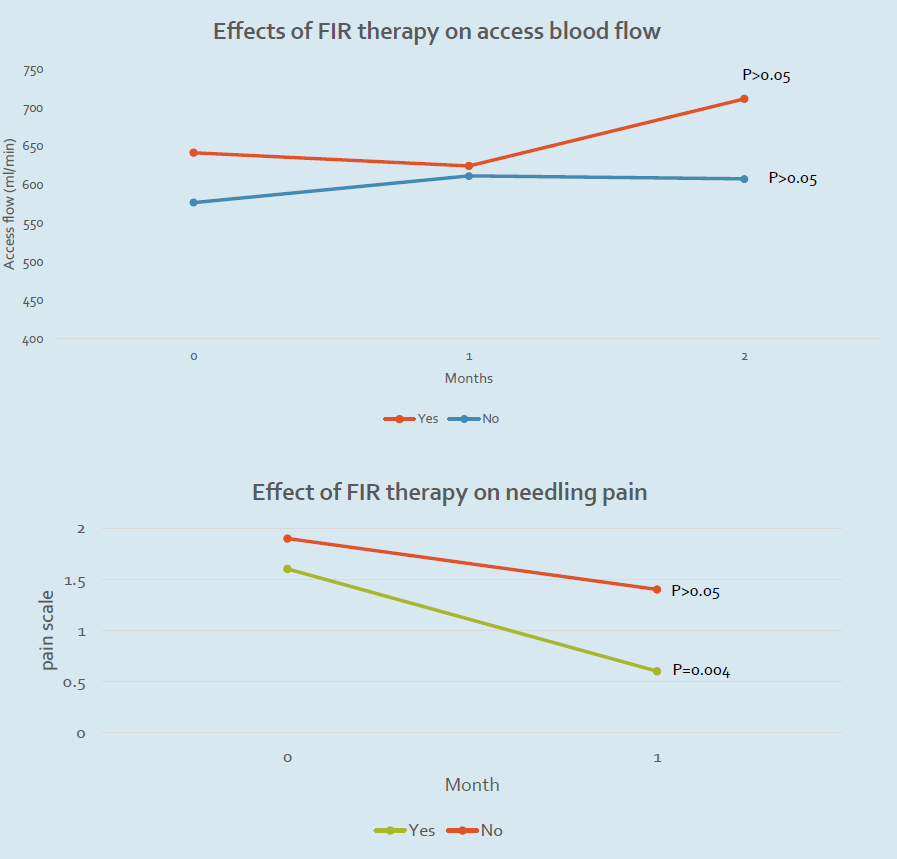
Conclusion
FIR therapy improved needling pain. Although FIR therapy improved vascular access flow after 2 months but statistically it is not significant. A larger and longer duration of study is
needed to evaluate the effect of FIR therapy.
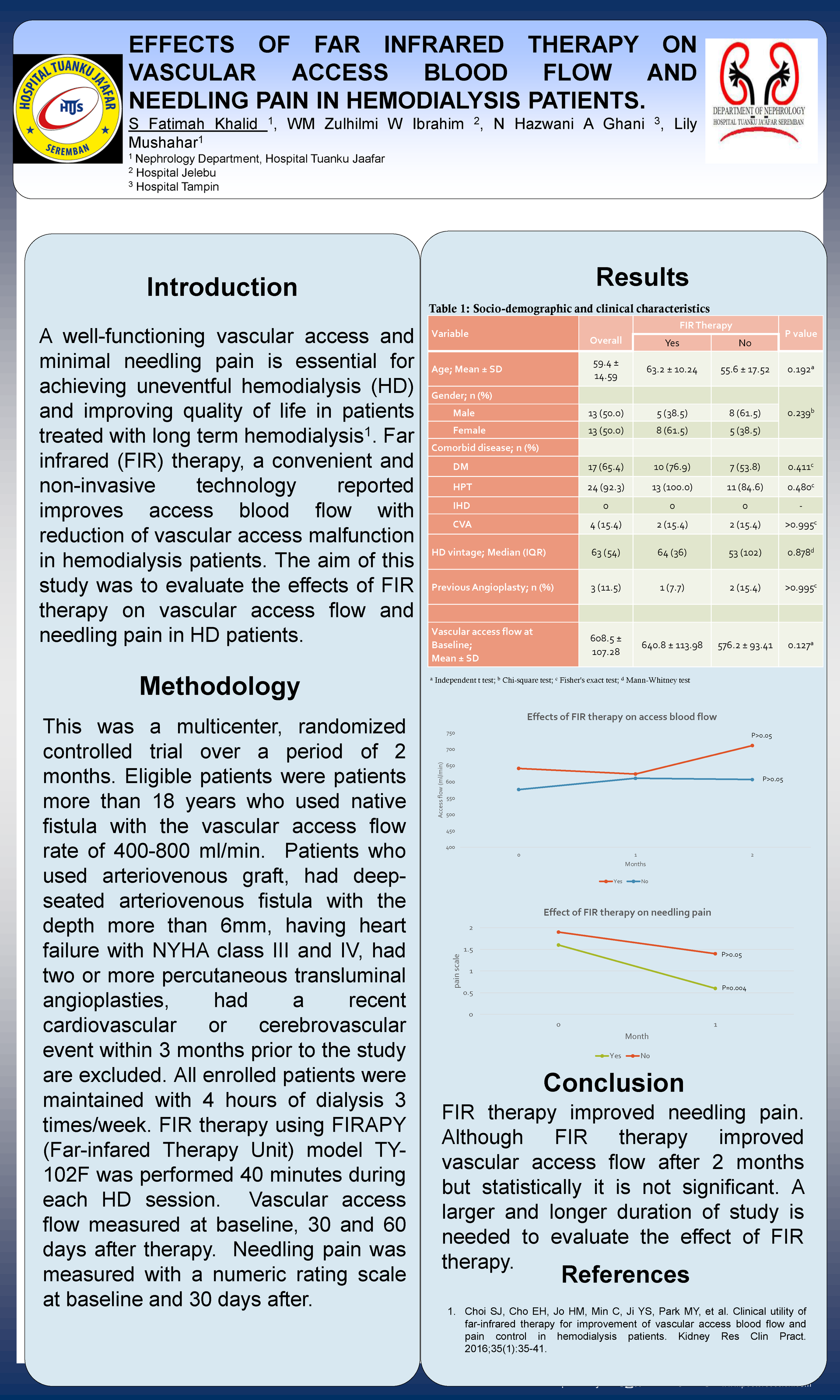
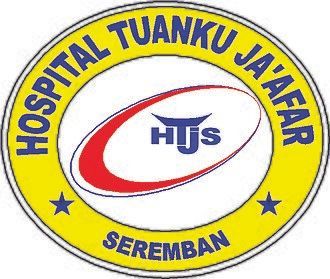
Author's:
- S Fatimah Khalid,
- WM Zulhilmi W Ibrahim, Hazwani A Ghani,
- Lily Mushahar
Site:
- Nephrology Department, Hospital Tuanku Jaafar
- Hospital Jelebu
- Hospital Tampin
Presented at the 2019 APSDA Conference.
Want to know more?
Contact us for more detail

